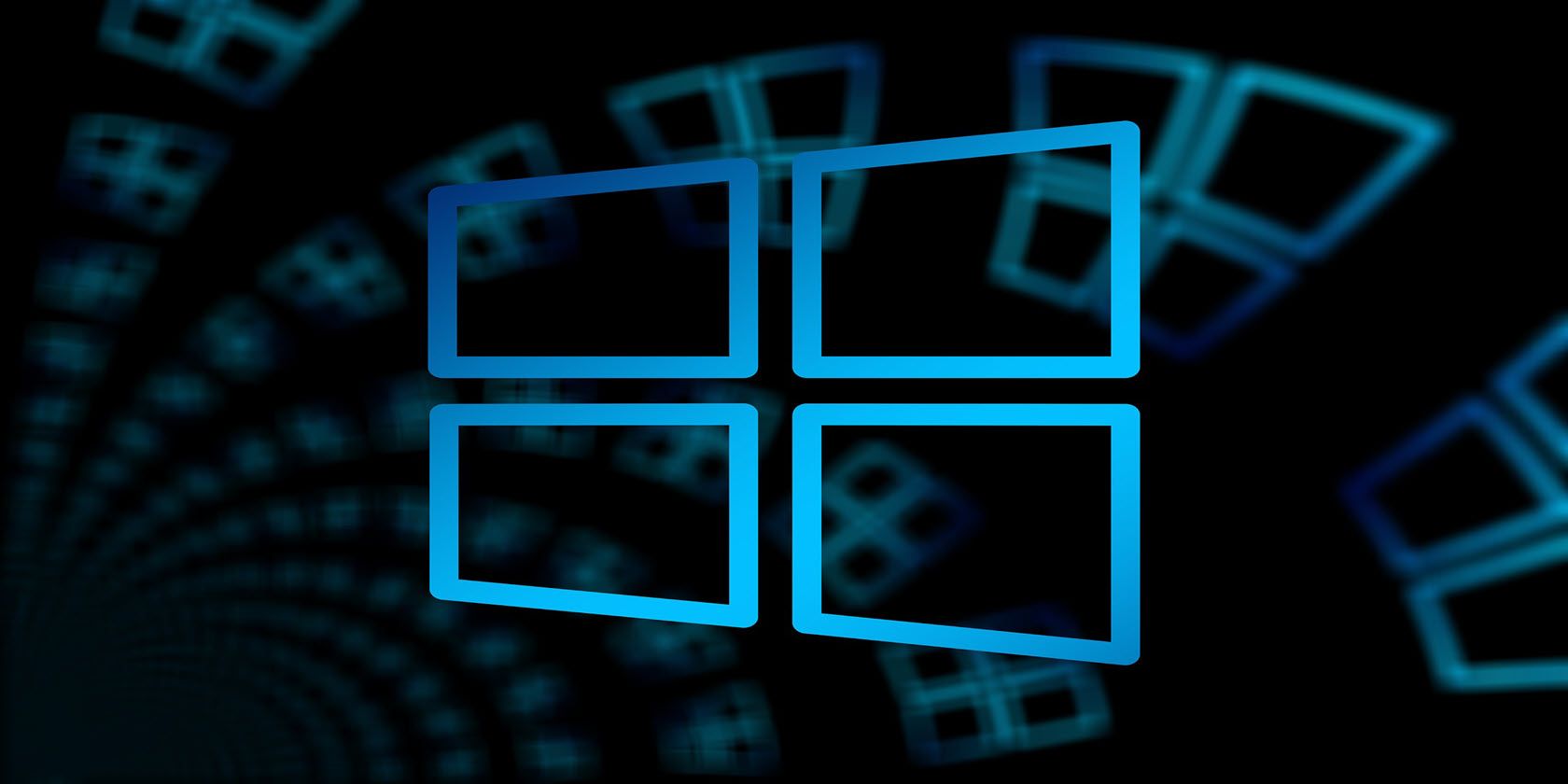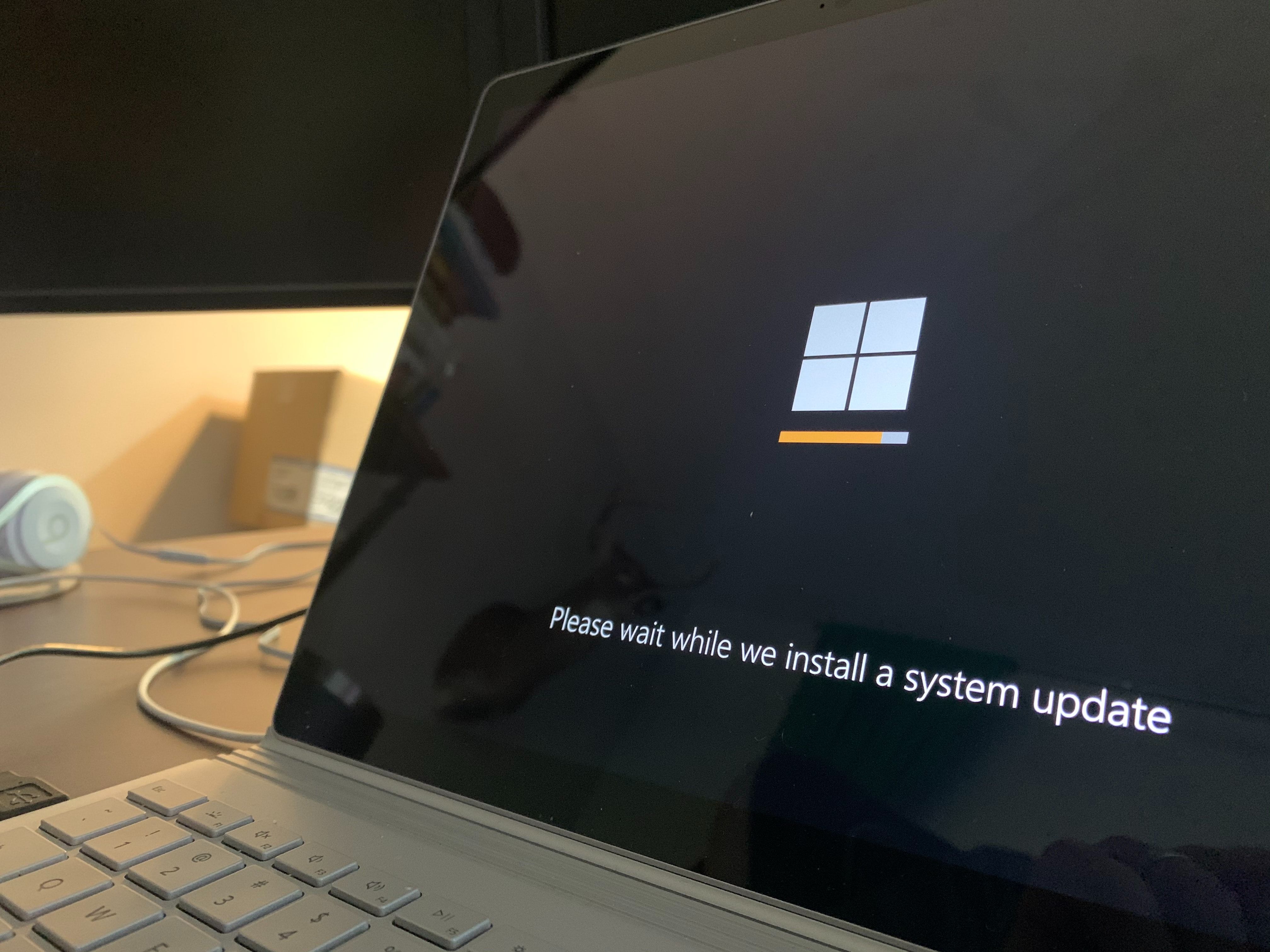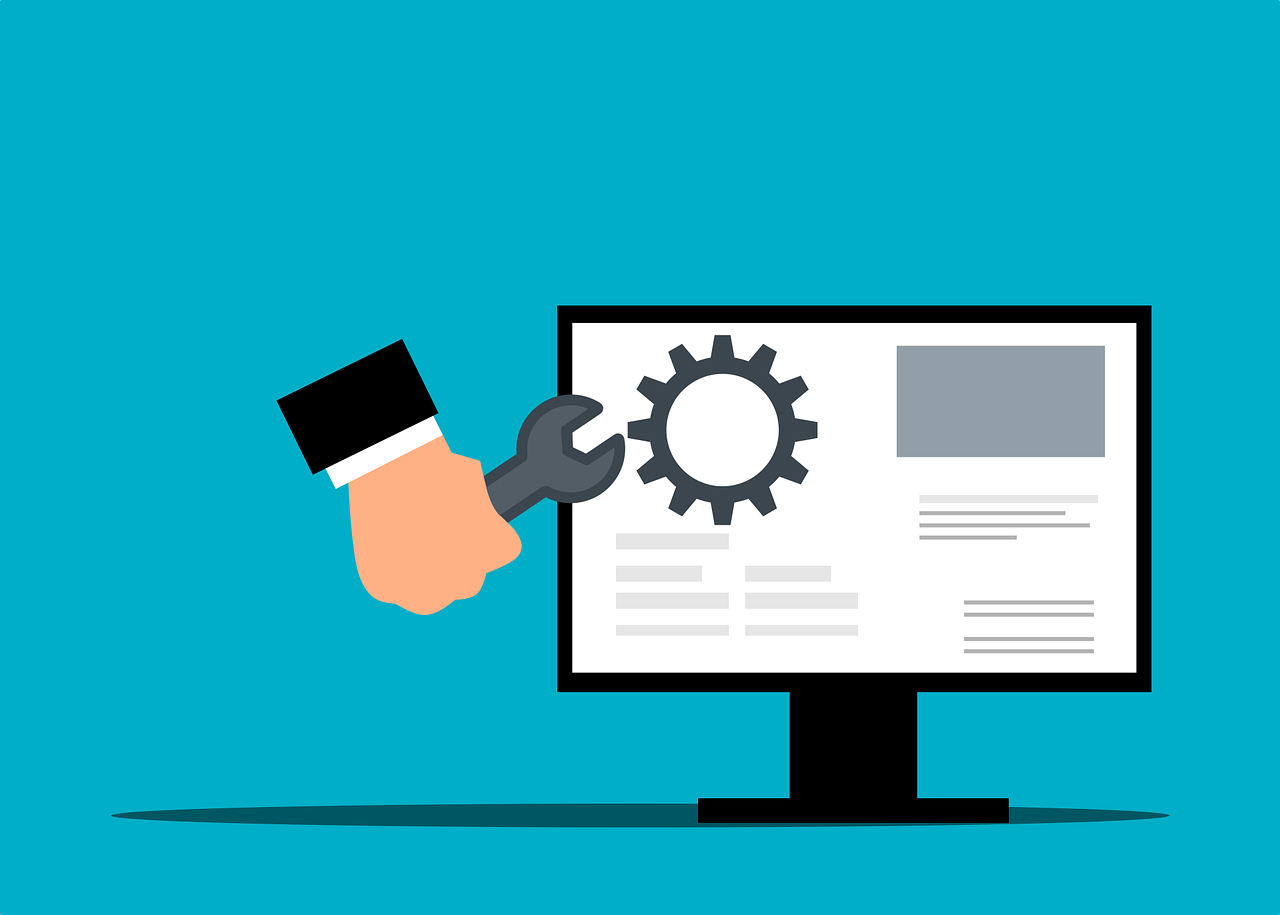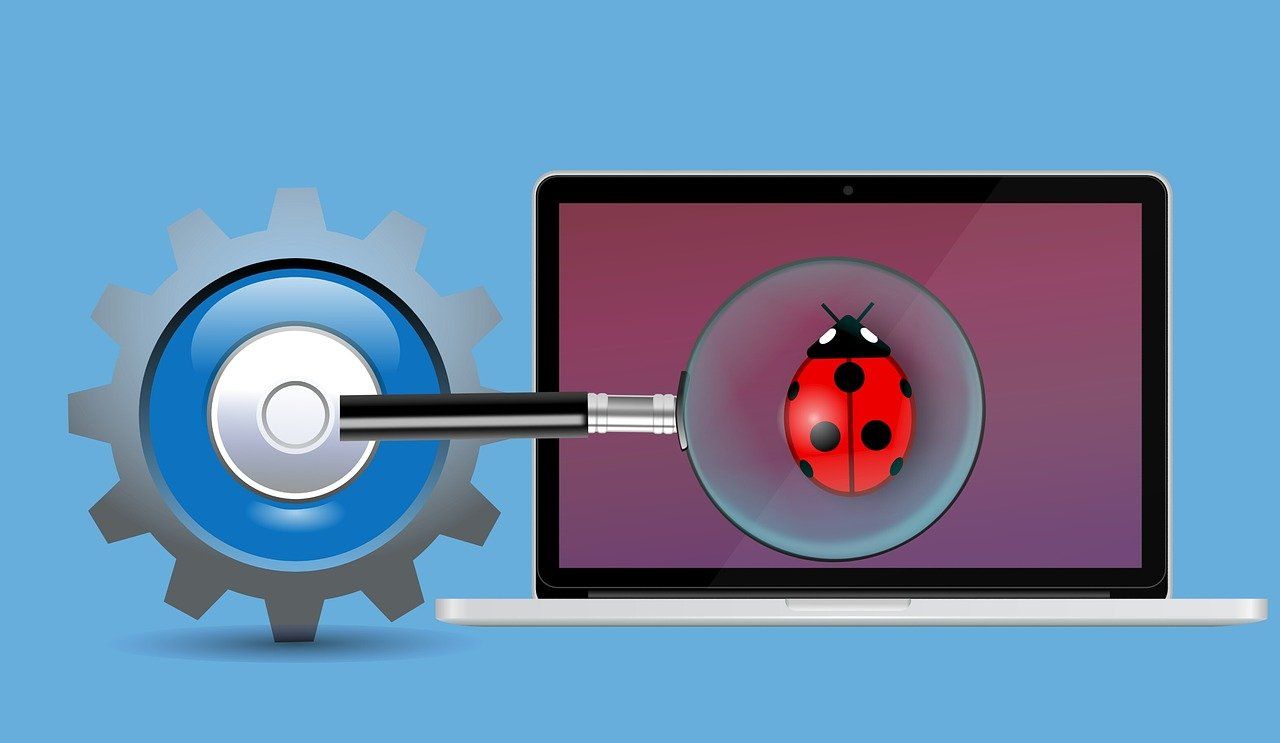If you have been using Windows for a while, you might have heard or seen something about Patch Tuesday. While the name speaks for itself, many users are still unfamiliar with what exactly it is and why you should (or not) install these updates.
In this guide, we will discuss what Windows Patch Tuesday is, what happens if you don’t install the updates, and other important information you need to know about these monthly updates rolled out by Microsoft.
What Is Patch Tuesday?
Patch Tuesday is the term used for Windows monthly security update release. It often falls on the second Tuesday of each month, which is why it’s called “Patch Tuesday.”
To keep your system secure, Microsoft releases these updates to address any software security vulnerabilities that have been exposed. These threats can provide hackers with access to your computer if not fixed right away.
These patches aren’t just for the Windows system. Microsoft also releases updates for its products, making Patch Tuesday an important event for individuals and businesses who use various Microsoft products. This is because Microsoft only releases security updates occasionally.
Patch Tuesday is also a highly anticipated event of malicious actors. Hackers usually release new malware right after Patch Tuesday, targeting systems that haven’t installed the patch and exploiting this small window of opportunity before individuals or IT administrators install the updates.
Patch Tuesday may sound too complicated for simple users, but by understanding how it works and its importance, you can level up your Windows security.
How Does Patch Tuesday Work?
Microsoft releases different security patches every month to address the vulnerabilities and risks of Microsoft products and other third-party software, including Java, Google Chrome, Oracle MySQL Server, and more.
This update usually comes with various patches, ranging from minor bug fixes to critical security updates. However, most of these patch releases are specifically targeted at Windows systems.
Patch Tuesday releases are cumulative, so installing the latest version will include previous patches you may have missed. Microsoft also gives additional details about every patch, so users can know what it addresses and which versions are affected through its Knowledge Base (KB) articles.
These details also discuss all known issues that come with each update, so they’ll know what to expect when installing them.
Should You Install These Updates?
As mentioned, Patch Tuesday often comes with security updates that address various software vulnerabilities. This is why it is an important event for all users, especially those who run Windows operating systems.
However, it is important to note that each patch is created differently. Some include critical updates, while some only address minor issues. So, it is best to prioritize and check each release before installing them.
For organizations using Windows and other Microsoft products, security patches should be installed immediately to help mitigate data breaches. But before doing so, make sure to test them in a lab environment before deploying them into production. Some updates can cause compatibility problems with existing apps and hardware; that’s why testing can reduce issues and downtimes.
Individuals, even casual users, should also install these updates included in Patch Tuesday to ensure the security and safety of your computer. But this shouldn’t be the only security measure you have on your system.
You should also ensure that you have an antivirus program and firewall running. Additionally, you should consider uninstalling or disabling programs you don’t need as malicious actors can also exploit them. Lastly, always create backups of your important files.
What Happens if You Don’t Install the Updates?
While there are no immediate consequences or legal implications when you don’t install the updates right away, your system will become vulnerable to cyber attacks. Since hackers know that there will be no critical security fixes until the next Patch Tuesday, they can exploit these vulnerabilities and attack your system.
If new patches are available, Microsoft will require users of supported versions to install them within a specific duration. If you don’t install them, yourWindows version will become unsupported, leading to various security risks that can harm you and your computer.
A New Patch Has Been Released: Should You Install It Immediately?
Many users will suggest that you delay installing new updates rather than updating your system right away. While this is an understandable action, it is best not to leave your system for an extended period. This means that waiting a few days to weeks won’t be too harmful to your system. However, ensure that you have other protection if you prefer to delay the installation.
If you want to install the updates, make sure that you have a reliable internet connection, source of power, and running off a UPS (Uninterruptible Power Supply) if something goes wrong. This applies to workstations, as some patches are known to cause some problems with laptops.
By using a UPS, you can prevent your computer from shutting down or restarting without warning, which can interfere with the updates. However, they can be expensive, so it's more a luxury than an essential item.
For users running on Windows Home, make sure to read the KB and check the compatibility before installing them. If it isn’t compatible, you can ignore the updates. At the same time, make sure that you have saved all your files and work before updating. Many patches require a reboot, leading to the loss of unsaved data.
While Patch Tuesday is an essential part of your Windows security, it isn’t flawless. So before installing them, make sure to weigh the risks and benefits. Otherwise, it may do more harm than good.
The Issues That Arise With Patch Tuesday
Like any system and update, Patch Tuesday isn’t perfect. One major issue users face with this event is that Microsoft often releases patches without notification. This is why some users may not be prepared to install them right away and may even choose to ignore the updates at all.
It can also be quite disruptive, especially if users aren’t careful when installing the patches. Some of them may also be incompatible with your system and hardware, causing stability issues with your computer. That’s why Microsoft had to pull out some updates because of these problems.
How to Download and Install a Patch on Patch Tuesday
For Windows users, the easiest way to download and install Patch Tuesday is through Windows Update. Most systems receive updates through this setting, and it usually automatically downloads and installs updates available unless you turn off this option.
Another way to download and install these patches is through the Microsoft Update Catalog website. This website allows you to search for all updates released by Microsoft and download them without automatically installing them on your PC.
Enterprises and businesses can use Windows Server Update Services (WSUS) or the WSUS Offline Update, created for large deployments of computers. If you need to create a bootable USB drive with all the updates, you can use WSUS or the Microsoft Update Catalog website. This will allow you to install the updates even without an internet connection.
Securing Your Microsoft Software
Running an outdated system or software can cause several issues to your computer, including security problems. With Patch Tuesday, you can address any known vulnerabilities in your system and protect your PC from any cyberattacks. In addition to keeping your system updated, you also need to set up other security measures to keep your computer safe and secure.




